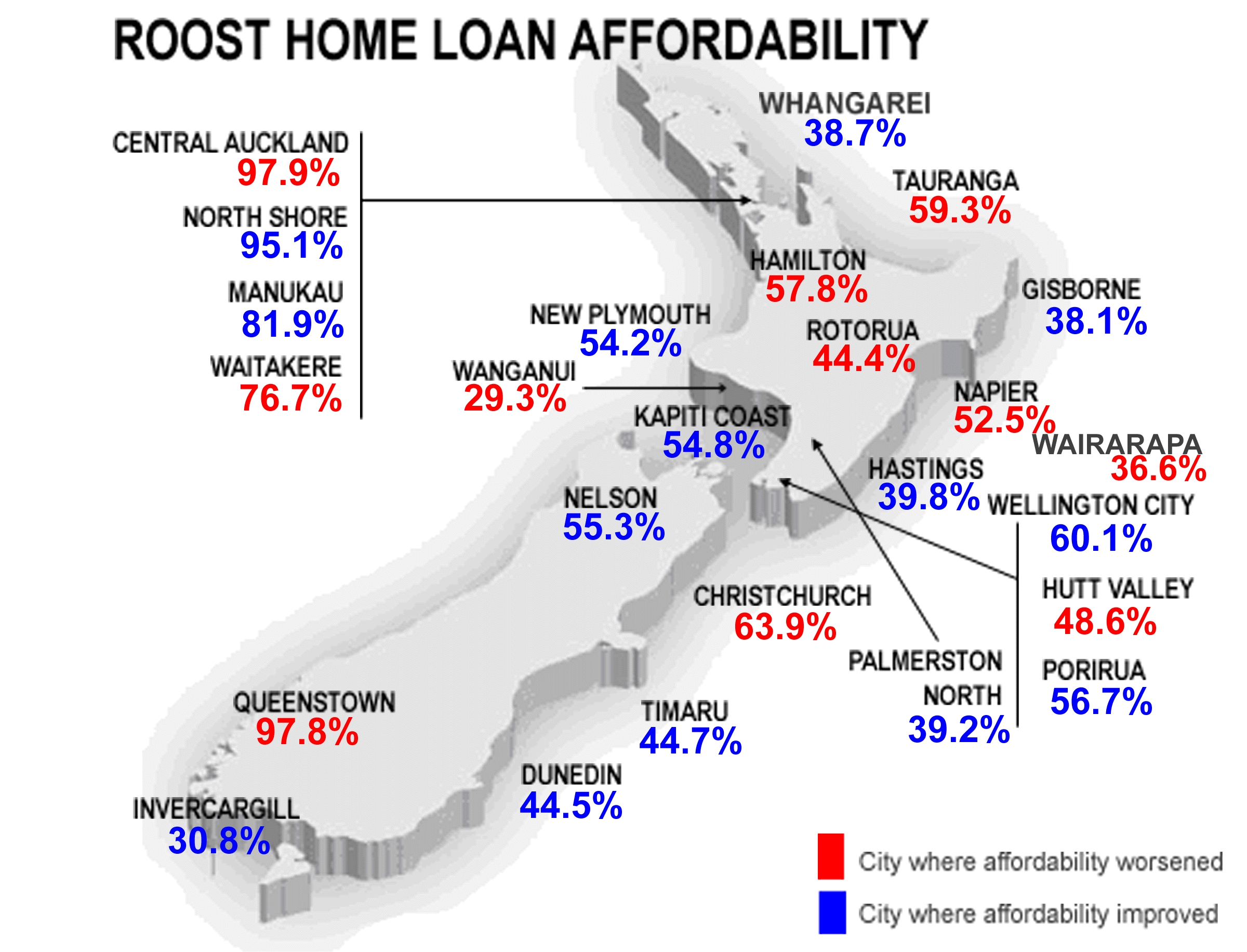Table of Content
Because their monthly payments are lower than a repayment mortgage, they save every month, and when they have $1,000 in their account, they phone the bank and put this towards their mortgage. A popular alternative to an interest-only mortgage is a short-term repayment mortgage - you can get a lower interest rate for 1-2 years, and re-mortgage after that to suit your needs. In that time, you'll repay principal, but it could work out cheaper overall. For example, a $500,000 mortgage with a fixed 2-year mortgage at 3.99% ($2,484/month over 30 years) is cheaper on all accounts than a 3-year interest-only mortgage at 5.99% ($2,496/month).

Home loan interest rates are comparatively low, certainly when compared with historical rates – so it’s a good time to pay off some of that dreaded home loan principal amount. That way, if rates rise in the future, you will be paying those higher rates on a reduced loan size. Not every lender offers interest-only loans, even for investors. You’ll have to look a bit harder for an interest-only mortgage and your application will be seriously assessed to make sure you are a suitable borrower for this type of loan.
The Interest Only Mortgage Calculator
To see which banks offer interest-only loans and compare your options, check out Canstar’s home loan comparison tables. This interest-only mortgage calculator will help you find out what payment you will pay based on the interest-only payback portion for your loan principal. This result will likely be lower than a standard mortgage payment as it calculates your obligation for the interest-only portion of the mortgage, rather than the principal and interest.
This will give you the amount of interest you’ll pay in one year. In this article you’ll learn why seasoned property investors find interest-only loans so appealing and you’ll be able to use our Interest-Only Mortgage Calculator to see how one could work for you. Allows you to reduce repayments by paying the accumulating interest rather than the principal part of the loan. An owner-occupier home loan is a loan for a property that the owner will live in. This means that you can’t use your property as a rental and live somewhere else.
Best Floating/Variable Home Loans
But while you aren’t paying down debt, at least not immediately, the investor is relying on the premise the property is going to increase in capital gain. This historically has always been true over the long term. If worst comes to worst you can always sell your investment property to pay back the mortgage, but you may not want to sell your main home if you get into a tricky financial situation.
Find out about buying, building or renovating and how you could pay off your loan faster. We also have ways to help you make your home more energy efficient too. Over five years, they have repaid $50,000, so the new balance is $450,000.
Pros of interest-only home loans
The property investors should be subject to commercial rates. Richard Whitten is a senior writer at Finder covering home loans and property. He helps everyone understand the ins and outs of mortgages so they can make smarter property decisions. He has written for Money Magazine, Homely, and for multiple banks and lenders.

42% of new lending to investors was interest-only in the year to April 2022. That compares to 21% for owner-occupiers and first home buyers, according to the Reserve Bank. Yes, interest-only mortgages are still available in New Zealand, depending on which bank you talk to. Each bank has different policies, so it is best to talk to a mortgage broker when negotiating your loan. Here at Opes Partners we generally recommend that investors use interest-only loans for as long as possible, in some cases up to 20 years and beyond.
Lender fees are largely irrelevant - the lowest interest rate home loan will be, like for like, the best value
The response is that they all do interest-only to at least some extent and mostly on similar terms and conditions. Westpac's previous 15 year limit very much made it the 'market leader' in terms of length of interest-only. Now that title goes to the biggest bank, ANZ, with 10 years. The BNZ says its general maximum is five years, though "under special circumstances, by exception" it might too allow up to 10 years, while ASB says "in general terms" it's maximum is five years. This suggests too that maybe if you ask nicely you might be able to get it for longer.

We may also receive compensation if you click on certain links posted on our site. While compensation arrangements may affect the order, position or placement of product information, it doesn't influence our assessment of those products. Please don't interpret the order in which products appear on our Site as any endorsement or recommendation from us.
The loan balance will actually remain unchanged unless the borrower pays extra. With a table loan, your regular payments stay the same, unless your interest rate changes. Initially, payments mostly pay off the interest you owe, but over time, as you start to pay down your loan, more of each payment goes towards paying off the principal. This is the most popular type of home loan because your regular repayments are the same, which can help you to budget. As its name suggests, an interest-only mortgage means your regular weekly, fortnightly or monthly repayments only include the interest charged.

Banks have been shortening their typical interest-only periods and making it harder to extend them. You mostly have to re-apply for the loans which can prove to be a problem if your income situation has changed significantly or if you cannot meet the newer serviceability tests. The bank does not use the interest repayments you currently have as their basis for calculations of affordability, and they test at much higher interest rates. The main difference is interest-only home loans result in lower monthly payments for the first few years of your loan, but this means you’ll be paying higher interest payments over the life of the loan.

No comments:
Post a Comment